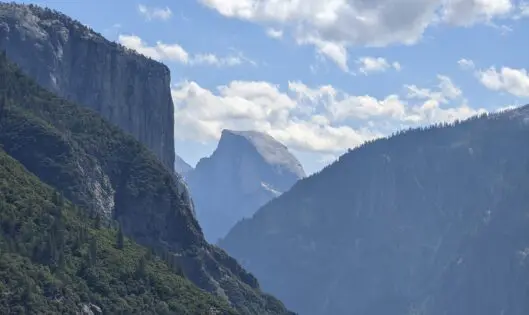The Gardener's Journal
MUCH ADO ABOUT MULCH (Part 2 of 3)
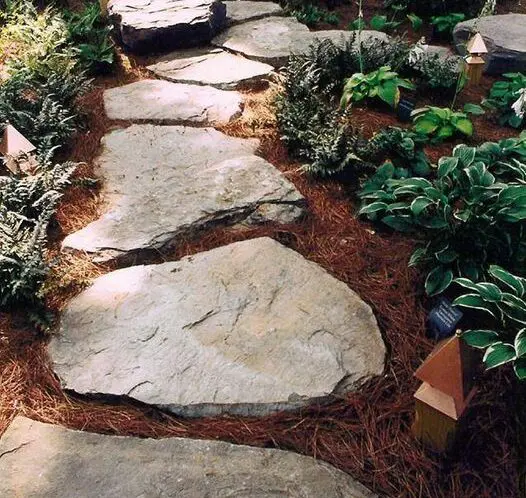
In this week’s discussion of mulch, you will likely notice our bias toward mulches made with Pine products, since they offer great beauty throughout the life of the mulch while creating the healthiest environment for plants. Today we will present one of our favorites:
PINE STRAW MULCH
Pros:
Attractive appearance – The light tan color and lacy texture of Pine straw combine to create a striking contrast with shrubs and trees that actually highlights the plants it surrounds.
Weed resistant – Because Pine straw breaks down so completely, it doesn’t generate the habitat that is most conducive to weeds.
Mold resistant – The nature of Pine straw decomposition inhibits the growth of molds and funguses.
Permeable – Even as the summer wears on, Pine straw’s loose thatch allows water and moisture to penetrate the soil beneath while continuing to limit the growth of weeds.
Appealing acidity – Pine naturally has a higher acidity then hardwoods. This means that the decomposition of pine straw increases the acidity of the soil, producing a better soil composition for most plants.
Good value – Although slightly more expensive than most premium hardwood mulches, it is still a very good value.
Cons:
Hard to find – In the Northeast, Pine straw mulch is not very common. This makes it harder for the average customer to find and potentially more expensive.
Light weight- Since Pine straw is so light, application can be slightly more susceptible to windy weather. However. once the Pine straw has gotten wet, this lightness no longer remains a problem, as the Pine straw creates a natural thatch that ensures it remains in place.
–Contributed by Peter Dymond
HL Garden Care Foreman
OUR GARDEN DESIGN PROCESS
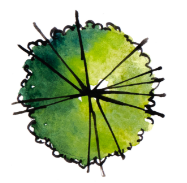
Explore
Share your goals, ideas, and project budget and we will begin to survey and plan your garden
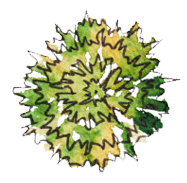
Design
We will consider all your primary view perspectives, both inside and out as we design your garden
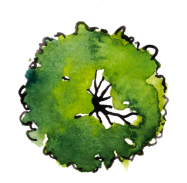
Build
Your garden dream will begin to take shape by the hands of our highly skilled craftsmen and landscapers
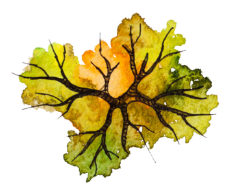
Enjoy
Your garden dream will begin to take shape by the hands of our highly skilled craftsmen and landscapers


